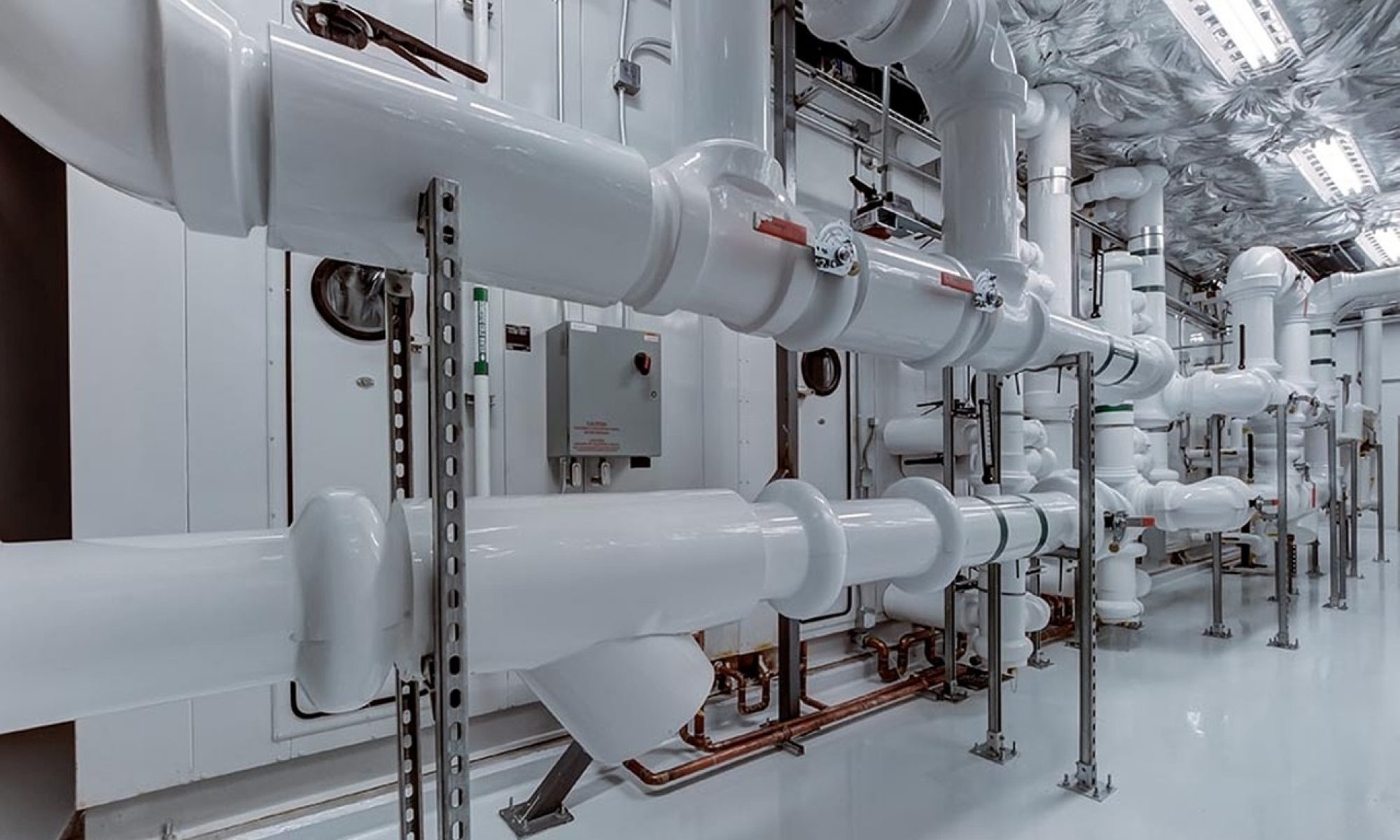Beat the Heat and the New Rules: Your Complete Guide to SEER2 Requirements for 2024 AC Installation
If you’re planning to install a new air conditioning system in Clark County, Nevada, there’s crucial information you need to know about the latest efficiency standards. The Department of Energy’s SEER2 requirements, which took effect in 2023 and continue to impact 2024 installations, have fundamentally changed how HVAC systems are tested and rated. These new standards are designed to provide homeowners with more accurate efficiency ratings that better reflect real-world performance.
What Is SEER2 and Why Does It Matter?
The Department of Energy (DOE) is changing the way HVAC systems are tested. By January 1, 2023, SEER2 product regulations will be in full effect. Just like the old SEER measurement, SEER2 tells us the efficiency of your cooling system, but based on more realistic testing conditions than before.
The goal of new SEER2 testing procedures is to better represent external conditions seen in the field. Current SEER testing does not accurately emulate the influence of ductwork and external static pressure on HVAC products. Because of this, it is not often representative of real-world applications. The nationwide 2023 test procedure for SEER2, EER2 and HSPF2 increases efficiency to 0.5 ESP.
Regional Requirements for Clark County Homeowners
Clark County, Nevada falls under the Southwest region, which has specific SEER2 requirements. To meet SEER2 requirements in the southeast region, residential central air systems below 45,000 Btu must have a SEER2 rating of 14.3 (15.0 SEER). Residential central air systems 45,000 Btu and above must have a SEER2 rating of 13.8 (14.5 SEER). Similar standards apply to the Southwest region where Nevada is located.
All air conditioning systems purchased in the south east region that do not meet the SEER2 requirements cannot be installed after January 1, 2023. In the southeast and southwest regions, any AC system that doesn’t meet SEER2 requirements cannot be installed on or after January 1, 2023.
Understanding SEER vs. SEER2 Ratings
The SEER2 ratings are generally about 1-2 points lower than the current SEER ratings because the testing conditions are more stringent and better reflect realistic performance scenarios. For example, a unit that was rated at 14 SEER under the old system might be rated at 12 or 13 SEER2.
Consumers will need to recalibrate their expectations and understand that a SEER2 rating, while appearing lower, actually indicates a unit tested under stricter, more realistic conditions. Consumers will need to recalibrate their expectations and understand that a SEER2 rating, while appearing lower, actually indicates a unit tested under stricter, more realistic conditions.
Tax Credits and Incentives for High-Efficiency Systems
For homeowners considering premium efficiency systems, there are significant financial incentives available. Effective January 1, 2025, split system central air conditioners must meet SEER2 ≥ 17.0 and EER2 ≥12.0 to be eligible. Packaged central air conditioners must meet SEER2 ≥16.0 and EER2 ≥11.5 to be eligible. The overall total limit for an efficiency tax credit in one year is $3,200. This breaks down to a total limit of $1,200 for any combination of home envelope improvements (windows/doors/skylights, insulation, electrical) plus furnaces, boilers and central air conditioners.
Why Choose Passionate Cooling & Heating for Your SEER2 Installation
When it comes to navigating these new efficiency requirements for air conditioning installation clark county residents, working with experienced local professionals makes all the difference. Passionate Cooling & Heating, your trusted HVAC experts in Clark County, NV. Reliable heating and cooling services: installations, repairs, and maintenance.
With 18 years of experience, we’ve built a reputation for professionalism, integrity, and a genuine commitment to customer satisfaction. We understand how essential a dependable heating and cooling system is for your home’s safety and comfort. We’re not just here to fix your AC or plumbing—we’re here to build relationships with our customers. We wouldn’t send anyone to your home we wouldn’t trust in our own.
Our EPA-certified technicians are masters of packaged HVAC systems. They’ll efficiently install your new unit. We focus on sustainable options to help reduce your energy bills and environmental impact.
What This Means for Your 2024 Installation Plans
The minimum efficiency required increased by 8-10%. This means that roughly 70% of current products fail to meet new guidelines. This significant change means that many older inventory units cannot be installed in regions with strict SEER2 requirements.
Their research predicts US. homes using SEER2 systems to save $3 billion – $12 billion on their energy bills over the next 30 years. While the upfront cost may be higher, the long-term energy savings make SEER2-compliant systems a smart investment.
Planning Your AC Installation
For Clark County homeowners, proper planning is essential when installing a new air conditioning system. In Clark County, where summer temperatures can soar to unbearable heights, a well-maintained AC system is crucial to keeping your home comfortable. Regular AC maintenance is more than just a routine check-up; it’s about ensuring your system operates at its best throughout the hottest months.
We are dedicated to keeping your home comfortable, improving air quality, and saving you energy with reliable HVAC solutions. Our team understands the unique challenges of Nevada’s desert climate and can help you select a SEER2-compliant system that will provide reliable cooling for years to come.
Next Steps for Homeowners
If you’re considering a new air conditioning system installation in 2024, don’t wait to learn about your options. Your happiness is our priority, and we’re not satisfied until you are. Contact Passionate Cooling & Heating today to discuss SEER2-compliant systems that meet your home’s specific needs while taking advantage of available tax credits and long-term energy savings.
The transition to SEER2 standards represents a significant improvement in how we measure HVAC efficiency. While it may seem complex, working with knowledgeable local professionals ensures you’ll get a system that not only meets current requirements but also provides optimal comfort and efficiency for your Clark County home.

